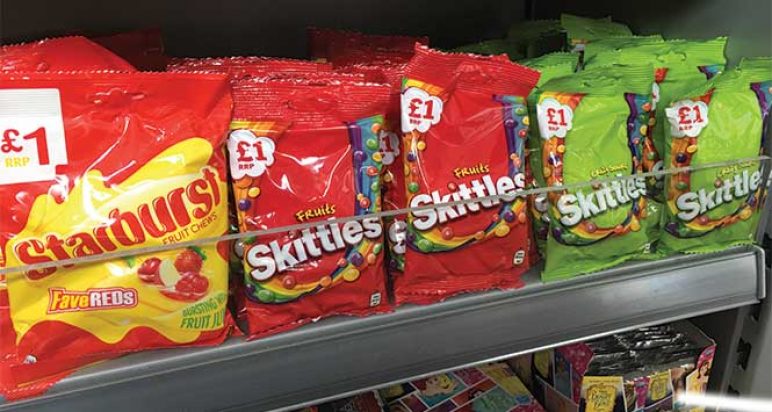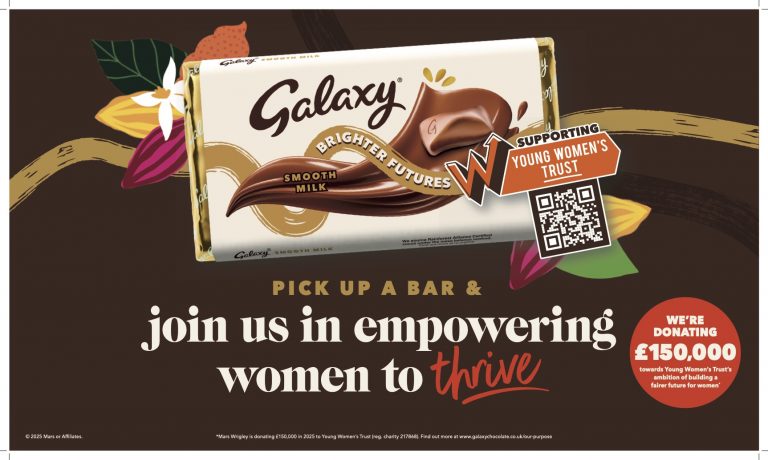As highlighted last month, Woodlands Local is working with Wrigley on an exciting in-store trial to attempt to find out once and for all what difference price-marking makes in-store.
The price-marked pack (PMP) is now a core weapon in the local retailer’s armoury and while some love them and some hate them, there’s no question that they are here and they’re here to stay. But how well do they actually work? Do they increase rate of sale and drive up impulse purchases? And what impact does that have on cash profits? Do the extra sales generate enough profit to merit the extra work and often reduced individual margins? Or are we making busy fools of ourselves trying to pile it high and sell it cheap?
So many questions – and very few reliable answers. Most solidly conducted data suggests that PMPs do indeed increase rate of sale – by as much as 50%, depending upon which piece of research you wish to rely on – but we decided to put the theory to the test in Woodlands Local with Wrigley.
Wrigley is the perfect partner as their lines tend to be high volume, meaning we can hopefully get some reasonably robust data out of our trial. As explained in the last issue, we simply sited a number of plan pack Starburst and Skittles lines in the store in places you’d expect to find them: at the till point and on the main confectionery fixture. Nothing more complicated than that as we wanted to the trial to be as a fair and representative as possible.
Then, at the start of last month we replaced these packs with price-marked lines. Again, all we did was swap the products out for their price-marked equivalents. We didn’t change the sitings or the number of facings in order to try to ensure the trial is objective and fair.
The results are below:
| July (plain pack) | August (PMP) | |
| Starburst Fave Reds 150g | 31 | 56 |
| Skittles Fruits 125g | 58 | 81 |
| Skittles Crazy Sours 125g | 67 | 104 |
| Skittles Fruits & Sours 100g | 34 | 39 |
OK, it isn’t the most scientific survey ever, but it was done properly and all the signs indicate that PMPs outperform plain packs on every front – without exception.
It is also very clear that the reduced margin we make on PMPs is more than compensated for by the higher rate of sale. The volume sales increases are such that the total cash profit for the trial products increased by 13.1% over the course of our experiment.
It doesn’t get much clearer than that. Case closed – and PMPs are the way to go!







